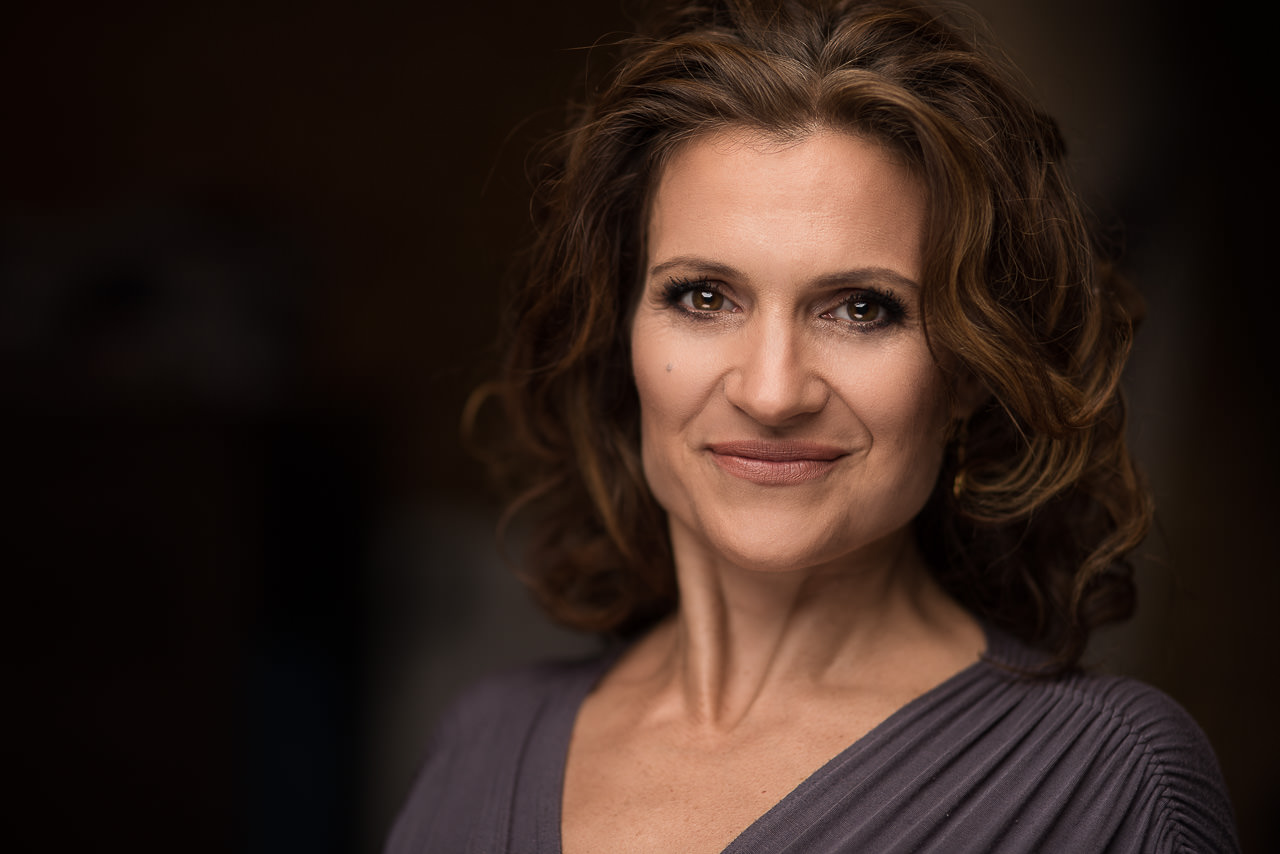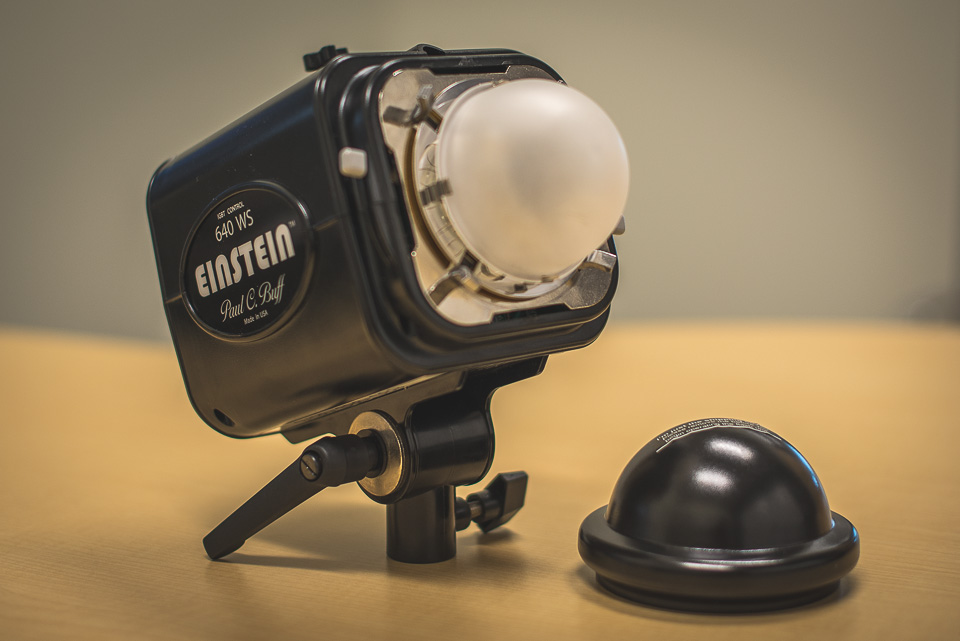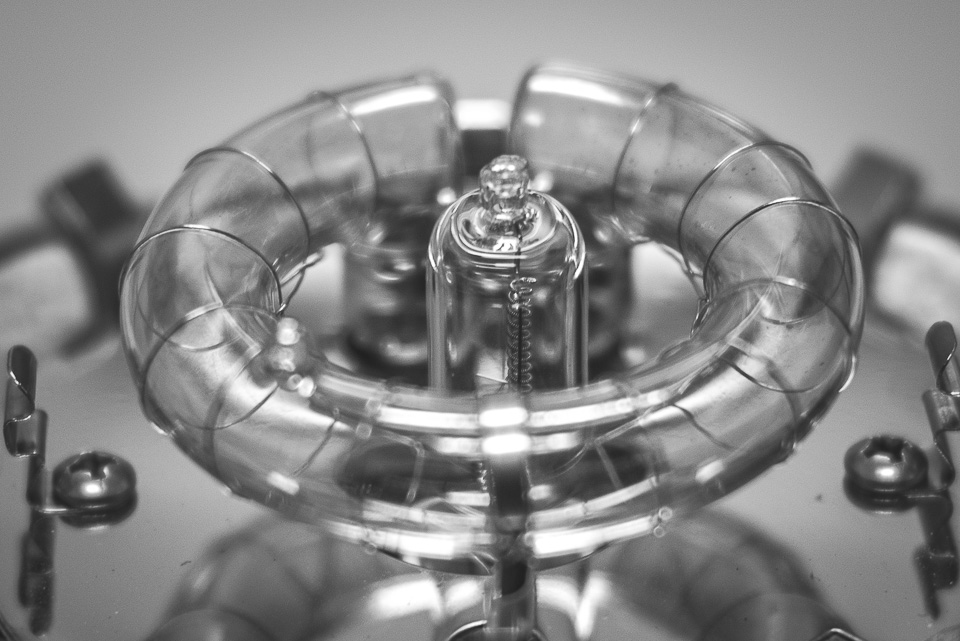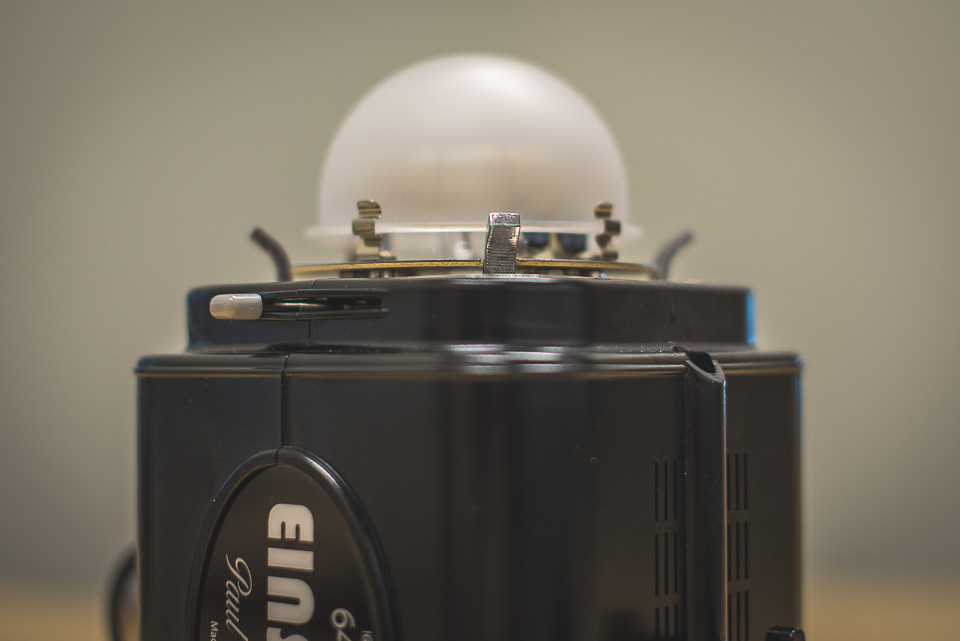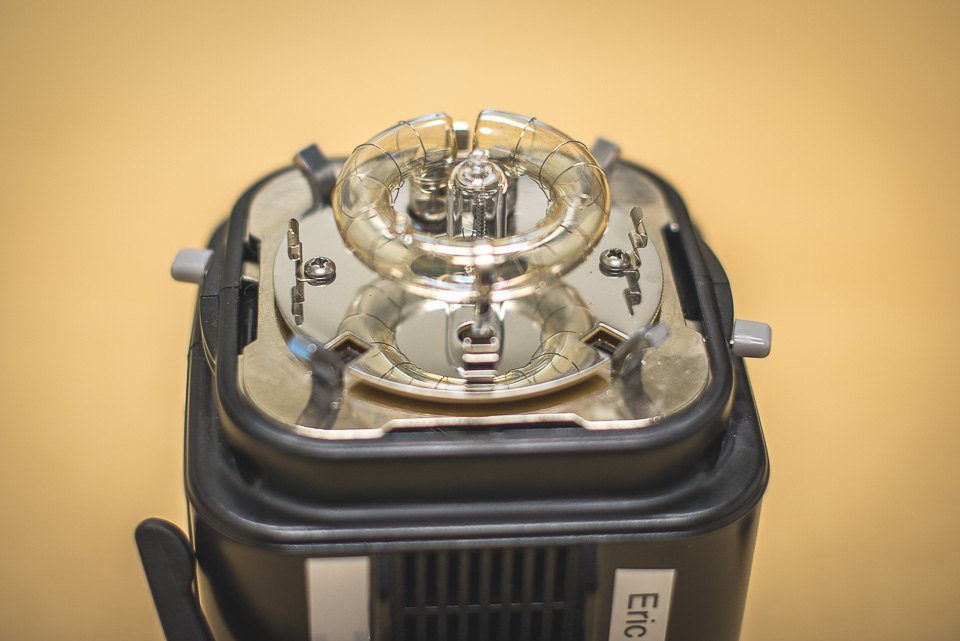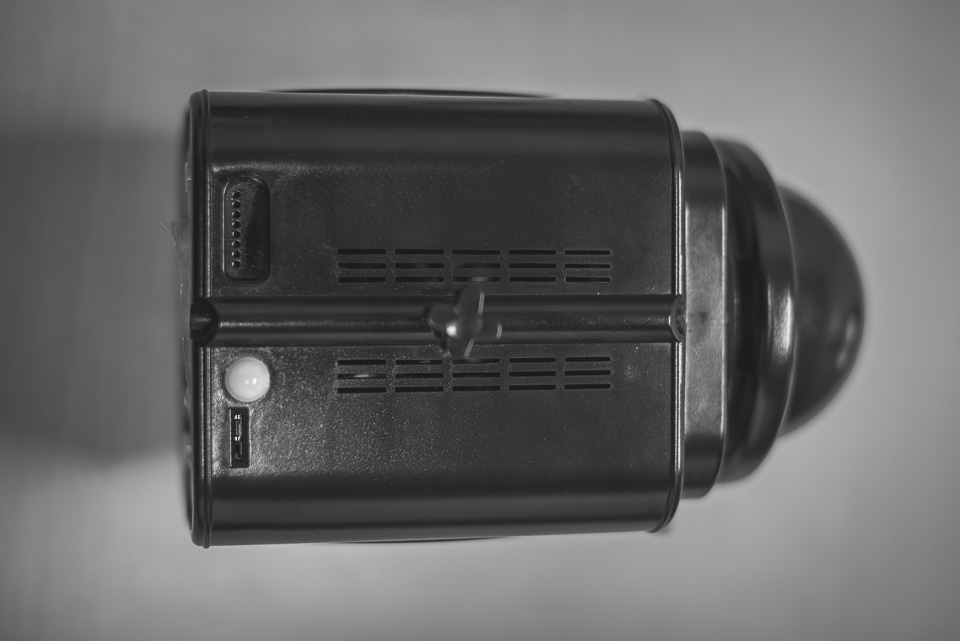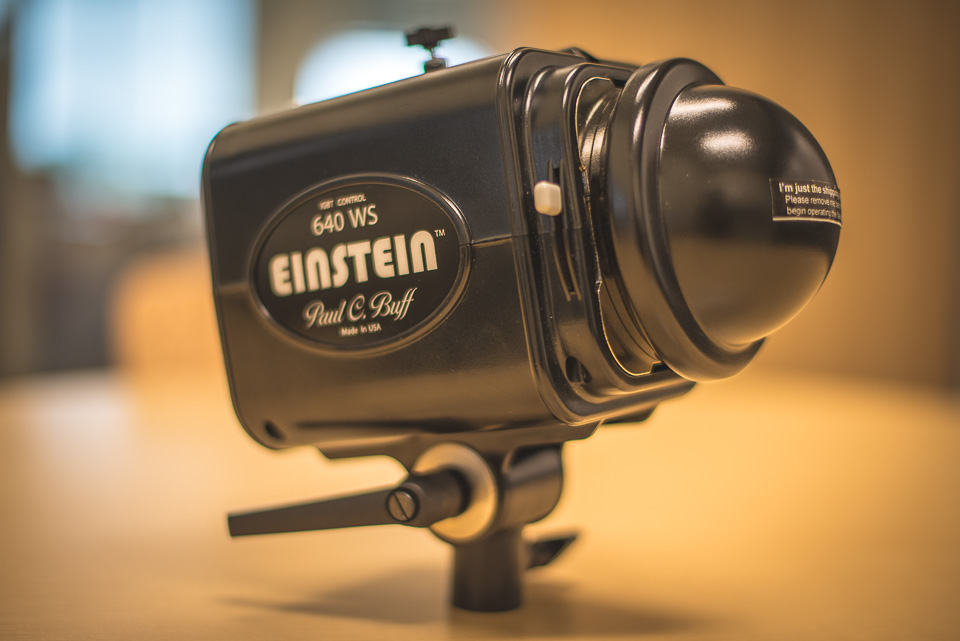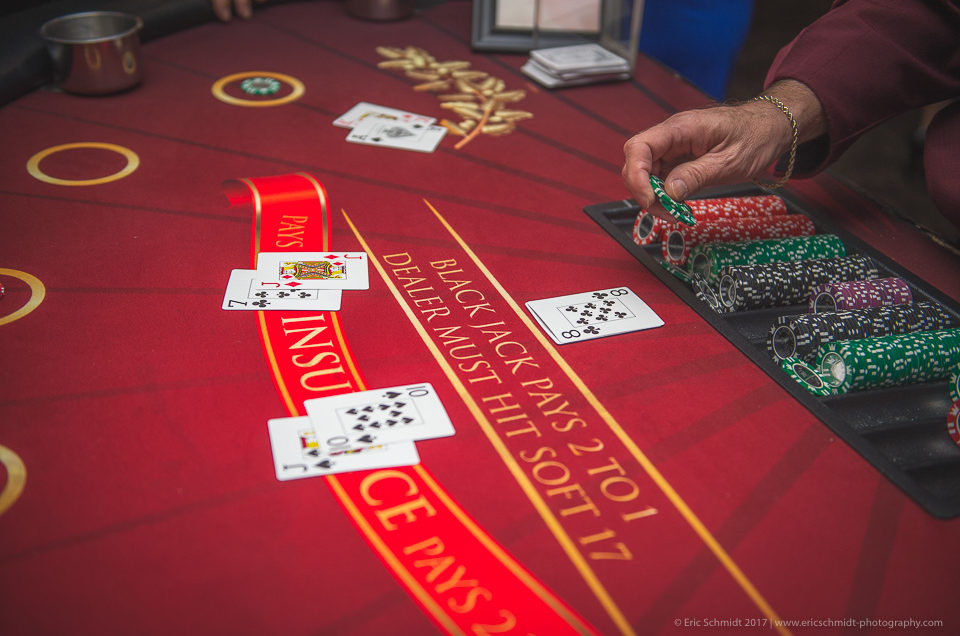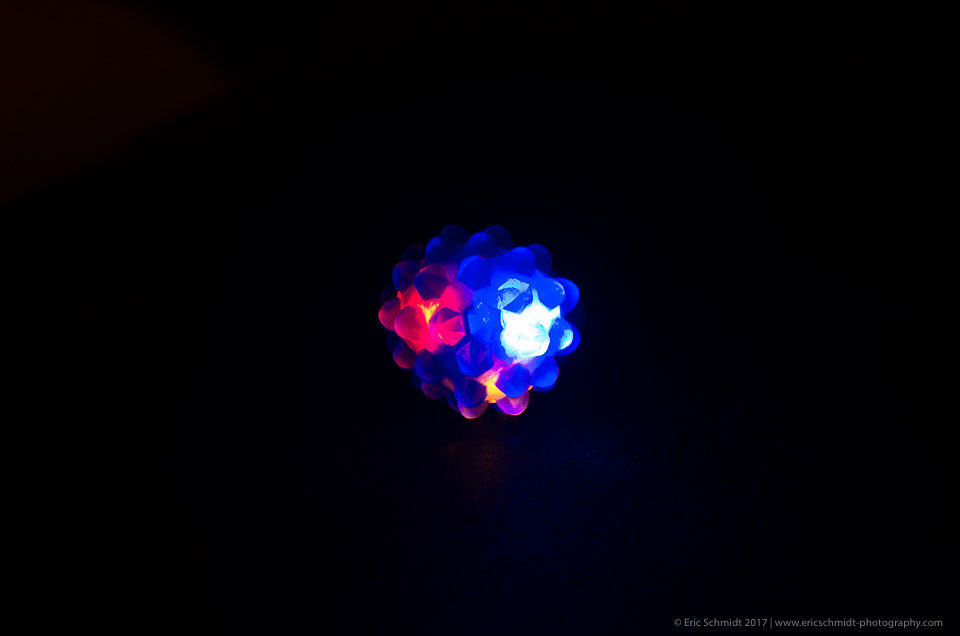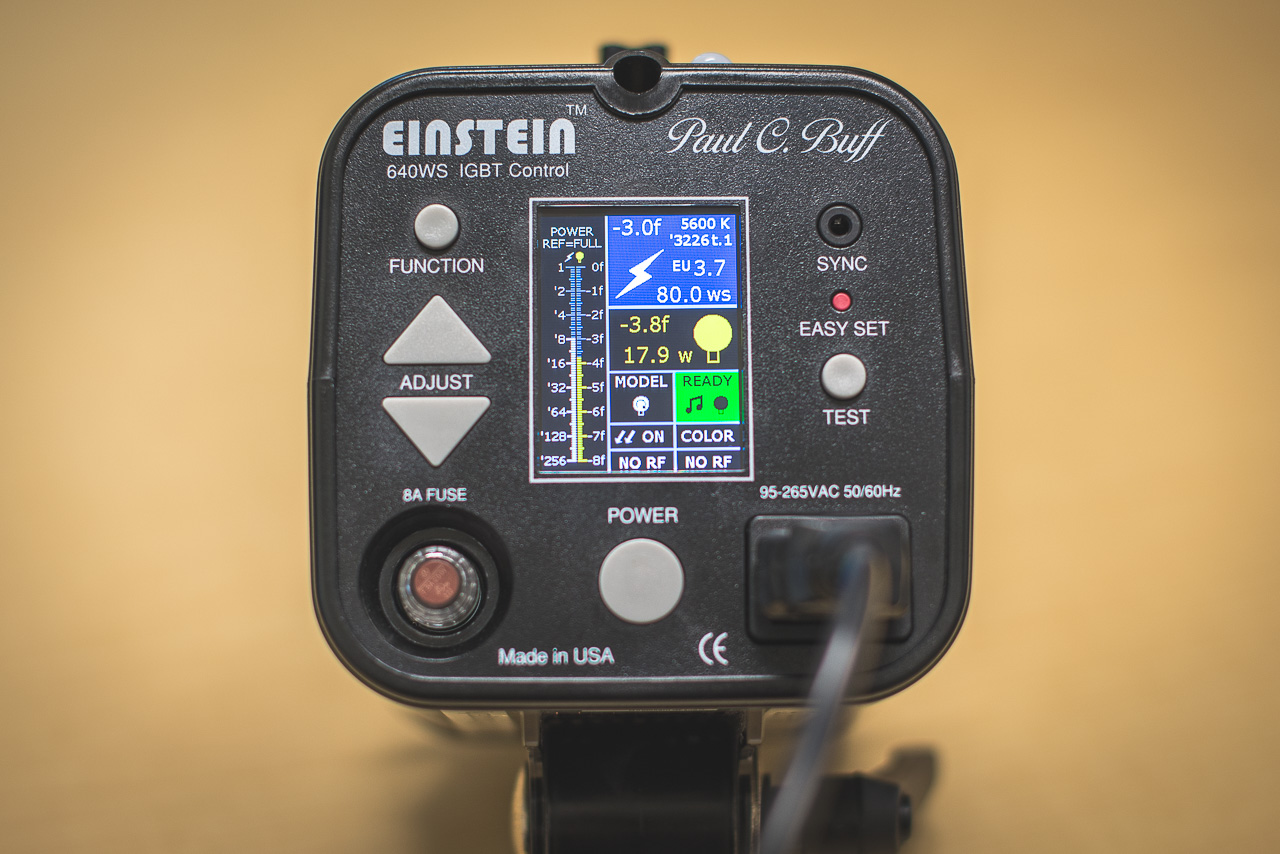
The Paul C. Buff Einstein E640
The Einstein E640 is a self-contained strobe flash unit.
Let me first say that there are a number of great reviews out there that get super techie on flash duration at power and color temperature on the Einstein flash. This review will focus on ease of use and overall operation. From my perspective, if equipment is difficult or inconvenient to use, it’s probably not worth the trouble. This thing is really straight forward. As a photographer, the single most important thing for me is being READY FOR THE SHOT WHEN IT HAPPENS. If you get a great shot opportunity and your equipment is too inconvenient or cumbersome to manipulate, it doesn’t much matter how great the the light it produces is…you missed the shot.
The Einstein is simple to control. The rear of the unit features a color control/display screen that provides a ton of information. A Function button is used to navigate between portions of the control screen. This allows the user to adjust, the color mode, model mode, recycle/ready notification (modeling light/beep/both – nice if you are in a loud setting), slave eye status, and transceiver frequency/channel information.
There is a modeling lamp that mimics flash power output for an easy preview of the lighting you expect to get off the flash. To change the output power of the flash, simply use the Function button to move to the power area of the screen and press the Up/Down buttons to adjust 1/10f per click.
I’m a bit torn here… I have had the Profoto D1 Air kit and I use that as my barometer for build quality – tough crowd eh? That said, the Einstein isn’t anywhere near that pretty or does it have that level of fit & finish. The Einstein chassis/body is a classic plastic clam shell that you might find on any average electronic device. The plastic is not as nice as the material found on the Profoto, but it doesn’t feel flimsy or cheap either – perhaps a bit of texture on the plastic would be nice, if nothing else for a bit of grip while carrying this “handleless” unit around. Build is the only area of the unit that I think Paul C. Buff needs to work on. I can’t knock him too much for this though as he worked on the right parts first…the guts and the function.
I use these for my headshot work, portraits, events, and have also used them in the field for sports/action shots.
Do some research on the trigger setup you purchase before making an investment. The Paul C. Buff CyberCommader is pretty nice (I’ll review this soon), but PocketWizard has some wicked little devices out there as well…read up on their MiniTT1 & FlexTT5 ControlTL System and HyperSync.
I’m not sure if there is a strobe out there that can beat this thing – especially if you add price to the equation.
So, the biggest reason for my switch from the Profoto D1 Ar kit? The air kit allows for remote flash power adjustment, but the Air transmitter does not display any information to the user. If you can hear the light units’ beep, you can tell where power is relative to where it was set, but beyond that it’s a “wing it” type approach – yeah, I’m the guy that reads the meter on the camera…I like to know what the tools I am using have to say and I need more than a beep…Wait, was that a beep? Not sure…
I’m not sure if there is a strobe out there that can beat this thing – especially if you add price to the equation.
3 of these in my bag
$499.95
Note: You may want to also consider getting a CyberSync Transceiver ($29.95) and CyberCommander on-camera transmitter ($179.95). This is assuming you won’t be using the flash sensitive built-in slave sync for wireless firing, or the 1/8″ to PC sync cord for direct camera connection.
You will also likely need stands and light modifiers as it won’t work well all by itself.
Shots taken with the Einstein E640



